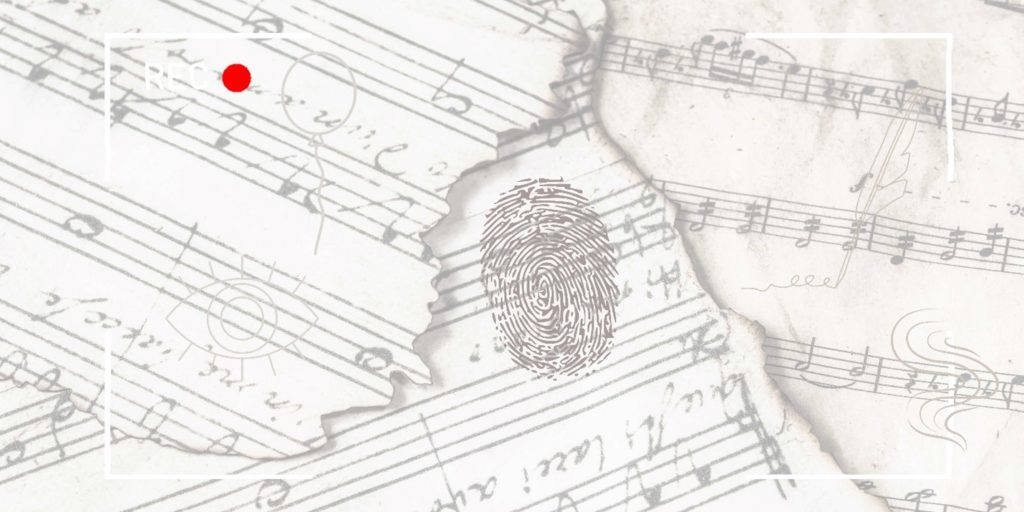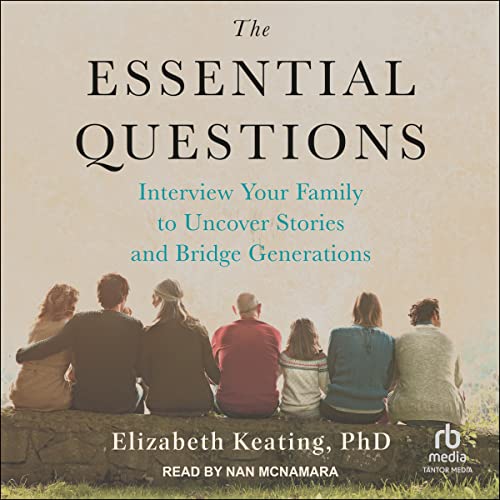Anna Apostolidou PhD, Assistant Professor of Social Anthropology, Ionian University Given the history of our discipline, it seems rather peculiar that anthropologists are not more [...]
Anna Apostolidou PhD, Assistant Professor of Social Anthropology, Ionian University
Given the history of our discipline, it seems rather peculiar that anthropologists are not more “naturally inclined” to employ multimodality in their research and teaching. Apart from its expressive potential, multimodality’s key quality is that it proposes dynamic alternatives to enduring and delimiting dichotomies (particularly text/image) that have been tantalizing the field for over a century, and offers more-than-textual mediations of sensorial research experiences, that also affect training, dissemination, and assessment (Westmoreland, 2022).
When I consider multimodality, my mind always travels back to Gregory Bateson’s take on communication and the use of multiple modes of mediation in social interaction. It seems that our recent (timid) interest in cultivating multiliteracies in anthropological work follows directly from his early 20th-century view that human communication involves not only linguistic or verbal exchanges, but also non-verbal cues and gestures, such as tone of voice, facial expressions, and body language. Much like Victor Turner, Bateson also explored the role of symbolism in communication and how it operates across different modes, including art, ritual, movement, music, and visual displays.
From a different angle, Claude Levi-Strauss also touched upon multimodality—without of course using the term as such—in The Savage Mind (1966): “Every society, civilization, or group of people, by virtue of its organization, has its own mode of thought, which it follows instinctively and which it imposes upon its members unconsciously. This mode of thought is not just a question of language, but rather of a whole range of semiotic systems, including not only language, but also myth, ritual, art, and even science”. This observation speaks to the idea that different modes of communication and expression are fundamental to understanding and interpreting different societies and cultures and, consequently, that the semiotic complexity of human experience cannot be contained in plain text. Towards the end of his life, he turned his attention to visual and musical composition and literary tropes (1997) and indirectly tied them to the practice and teaching of anthropology with an emphasis on the aesthetic as a creative force of the human mind and not so much as a universalizing or class-related activity.
Today, teaching with an anthropological sensibility involves a commitment to understanding and respecting the social, cultural, and historical context of different peoples and communities and to fostering a sense of empathy and cultural sensitivity among students and research interlocutors, encouraging them to critically reflect on their own assumptions and biases, though a rich and engaging learning experience. This does not happen only by incorporating different media in our (virtual or actual) classrooms but also, and maybe more crucially, by the very ways we choose to communicate our research findings, our thoughts, our work. Why then don’t we see more multimodal ethnographies that confront text-oriented narration?
Instead of relying solely on written texts, the creation of multimedia ethnographies incorporates a range of different modes of communication, including photographs, videos, and audio recordings but also digital mapping tools and communication platforms (online journals, social media etc.) which are becoming increasingly user-friendly and flexible (Apostolidou, 2023). This can provide a more immersive and engaging experience for readers, allowing them to more fully understand the cultural practices and experiences being conveyed. Building up on the rich legacy of visual ethnography (Durington & Collins, 2020), multimodality also allows for greater collaboration between researchers and the communities they study, often creating multimedia outputs that reflect the diversity and complexity of cultural practices. On the level of ‘representation’, as most ethnographers acknowledge, the inherently multimodal experience of ethnographic fieldwork is often expelled from the ‘final’ text, allowing little room for empathetic understanding and experimentation.
It seems that, following on such a rich tradition, writing multimodally is a tangible testament to the recognition and appreciation of the diverse cultures and perspectives that make up the global community while at the same time staying true to the fieldwork condition. What’s more, multimodal writing is a hands-on critique of the linear and rigid organization of the text that privileges only certain sensory and intellectual systems and a form of communication that utilizes multiple modes or channels of expression, such as text, images, audio, and video that can actually enhance comprehension, creativity, and critical thinking skills vis-ŕ-vis untangling cultural hegemonies.

I think that writing multimodally might be anthropology’s key contribution to contemporary critical pedagogies that challenge dominant narratives and empower marginalized communities. Teaching ‘anthropologically’ through multimodal practices enhances social justice and more often than not empowers students to challenge dominant power structures and to critically reflect on issues of power and privilege, the same way that anthropologists tamper with the academic and ethnographic text as a dominant narrative mode.
Gesturing to multimodality as “a politics of invention” for an anthropology that might be “multisensorial rather than text based, performative rather than representational, and inventive rather than descriptive” (Dattatreyan & Marrero-Guillamón, 2019) here is an open-access example on poetic autoethnography and digital textuality. Summer is just around the corner -enjoy!
Apostolidou, A. (2023). Reproducing Fictional Ethnographies: Surrogacy and Digitally Performed Anthropological Knowledge. Palgrave Macmillan.
Dattatreyan, E. G., & Marrero-Guillamón, I. (2019). Introduction: Multimodal anthropology and the politics of invention. American Anthropologist, 121(1), 220-228. https://doi.org/10.1111/aman.13183
Durington, M., & Collins, S. G. (2020). Visual ethnography: From visual to networked to multimodal practice. In S. Josephson, J. Kelly & K. Smith (eds.), Handbook of Visual Communication (pp. 237-251). Routledge.
Levi-Strauss, C. (1966). The Savage Mind. University of Chicago Press.
Levi-Strauss, C. (1997). Look, Listen, Read. Basic Books.
Westmoreland, M. R. (2022). Multimodality: Reshaping anthropology. Annual Review of Anthropology, 51, 173-194. https://doi.org/10.1146/annurev-anthro-121319-071409











